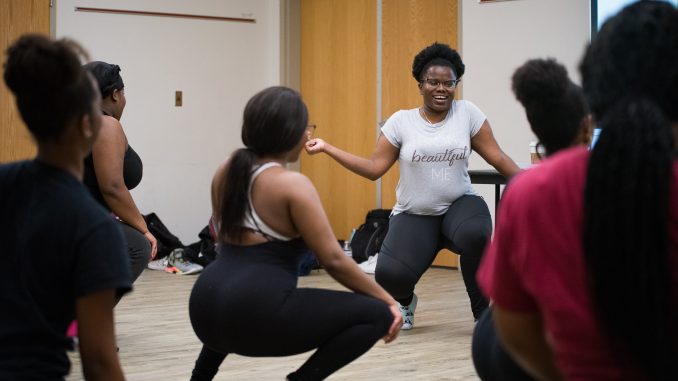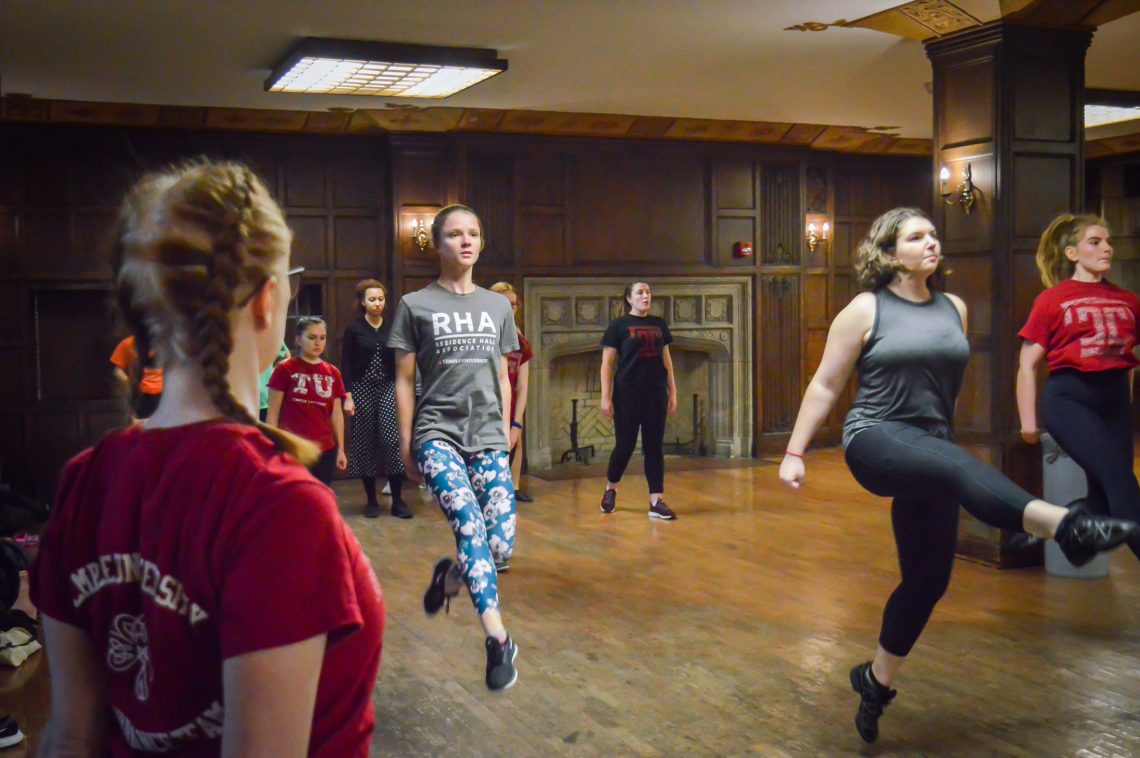
When Yuryssa Lewis came to Temple from Saint Croix, United States Virgin Islands, culture shock hit her.
The new city was confusing and different from her home, but after trying out for the Student Organization for Carribean Awareness’ dance team, Lewis found the “little piece of home” she was looking for.
Today, Lewis, a senior anthropology major, is the Temple Student Government and STARS representative for Ramajay, an organization founded in 2018 that showcases the music, dance and culture of the West Indies region.
The dance team is one thing that gets her through the week, Lewis said.
“Listening to the music, being around people who kind of share the same culture and understand the music, and then bringing awareness to other people I love,” she added. “It’s just a part of me, and it makes me feel like I’m home when I’m getting depressed from being cold.”
“We’re not just on representing the Carribean, that’s a very wide group,” said Makayla Peterson, a senior dance major and Ramajay’s co-captain. “We want to focus specifically on the West Indian countries because that’s a whole other region within itself.”
Ramajay is one of eight registered cultural dance groups at Temple, according to Owl Connect.
Escencia Latina is a Latin dance group that aims to spread Latinx culture.
“We like to do a lot of different Latin dances, bachata, salsa, merengue,” said Benjamin Estrella, a senior mechanical engineering major and Escencia’s secretary. “Sometimes we just throw on a merengue song and everybody gets down to that.”
Samaria Aluko, a public health graduate student, joined Escencia to learn more about Latin culture, specifically through dance. Aluko, who is Nigerian, said there are stories in her history that can only be expressed through dance.
“I feel like [dance is] a different way to speak to someone without actually using language like you wouldn’t need a translator if you just follow the music and the beat and allow yourself to just go off the spirit or the nature of the culture,” Aluko said.
Communicating culture through a dance group is important to Gabrielle Dando, a senior adult and organizational development major and assistant dance educator of Temple’s Irish Dance Team.

In her role, she utilizes more than 20 years of Irish dance experience to help create and teach choreography to members so they can dance at different community events, including senior home visits, classroom presentations and St. Patrick’s Day festivities.
For Dando, these events are ways to connect with the community. She remembered meeting with a woman after dancing at a retirement community.
“One woman, in particular, was crying so lovingly with happiness because she was so happy to have us come visit and talk to her and talk to her fellow residents and to see us do what we love and smile and have fun,” she said. “They love seeing the young people active and involved in their culture.”
Dando believes it’s important to continue Irish dancing to acknowledge her ancestors.
“In the days when the Irish were being oppressed by the British empire, dancing was a way that they kept their unique culture alive and passed it down to their future generations,” she said.
Kiayana Reid, Ramajay’s president and a senior engineering major, said this is why dance is so important to the many cultures represented in Ramajay.
“We named ourselves Ramajay because it means ‘break free, get loose, celebrate,’” she said. “That’s what a lot of the Carribean countries did when they were independent.”
At her home of Saint Croix, music and dance are especially important, Lewis said. A traditional dance in her culture, quadrille, is danced to quelbe music. Played on tins and cans, she explained it was used by slaves to mock the Danish aristocracy.
Lewis said the purpose of the dance is to poke fun at Saint Croix’s colonizers and “take back” their identities.
“The music, Carnival time, dancing, that’s our way of claiming our identity,” Lewis said. “For us, music, dancing, all of it, it’s about keeping and remembering our history and our culture.”


Be the first to comment